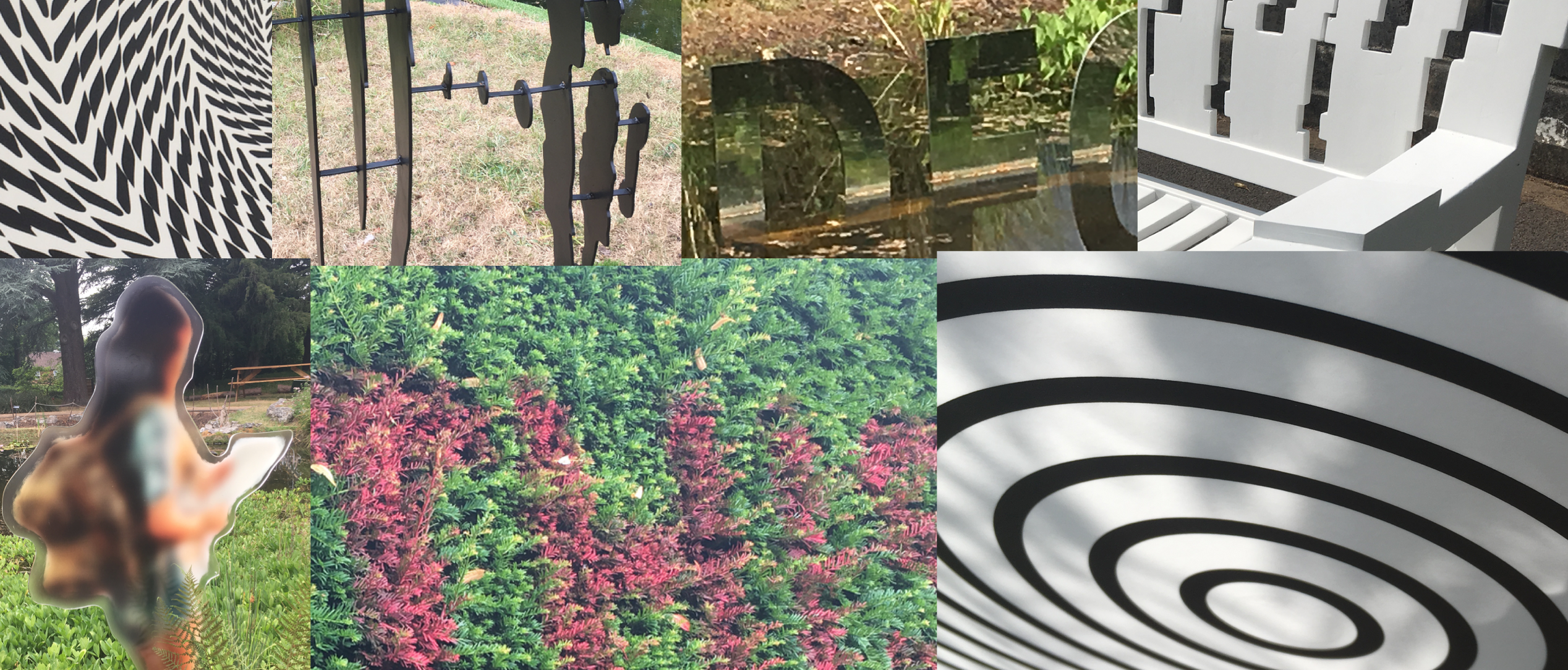
- Threshold, because even after you saw the illusion, you could not help but still be fooled by it.
- Glitch and Pixel Girl because they played with ideas from the digital world, and imposed them onto the physical, outdoor world.
- Landscape because it kept on giving
The Impossible Garden is exhibited at the University of Bristol Botanic Gardens until 25th November 2018
For Remented, there is a clear a great affinity between the themes that Luke picked up from his work in the Vision Institute, and my own explorations of the mind and brain. In particular this resonates with my own investigations on vision (there is a post on the human retina coming soon.)
I think Luke picked some interesting ideas. For example with the work Lost Luke confounds our normal ability to choose to focus on an object, by means of our eye’s ability to shift where our most detailed sight is pointing, our eye’s lens to bring the image crisply onto the retina, and panning with a moving target to freeze the motion. With Lost these faculties are no help to us. Given that so much of our visual field is not in sharp focus, our minds are pretty good at guessing the missing detail, using patterns, familiarity and memory, and predicting what might be there. That does not mean we get it right, and who is to say that each of us projects the same or similar guess onto an object lacking in detail.

Recent Comments